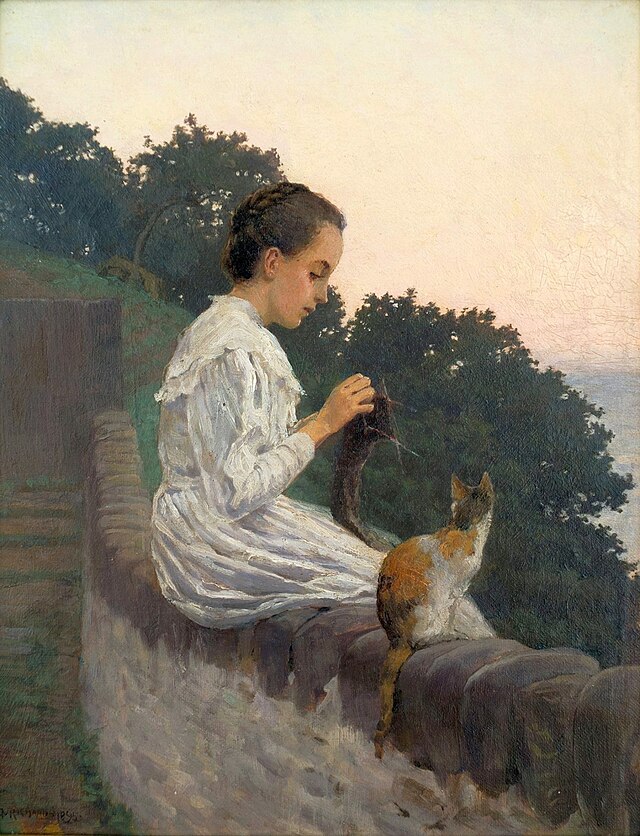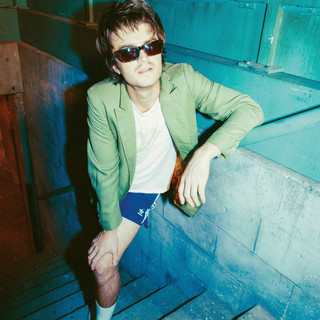In March 1770, as tensions between American colonists and British Redcoats rose to the point of violence and bloodshed in Boston, Paul Revere crafted what is now regarded as one of the most influential pieces of political art in history: “The Boston Massacre.” Circulated widely, Revere’s engraving and its strong abhorrence of British colonial rule became the artistic visual attached to the Revolutionary War. Not only was it persuasive in changing the minds of many still hesitant towards breaking ties with England, but it spoke to the power of turning towards art in times of political chaos.
In the 253 years since the Boston Massacre, political art has continued to have a large presence in the American public sphere. From Andy Warhol’s screen prints of the Birmingham Race Riots in 1964 to Tanekeya Word’s “We Were There. We Are Here. We Are In The Future.”–– a powerful defense of Black womens’ continuous but undercredited presence in the fight for equity in America –– art that responds to political injustice can often in-turn become a symbol for various movements seeking freedom from oppression.
However, there is also value in turning towards any type of art –– strictly political or not –– during times of collective stress. In the hours, days, and now weeks since Donald Trump was announced to have won the 2024 Presidential Election, I have found myself with a reinvigorated desire to create art. At first, I wasn’t sure exactly why; in the depths of uncertainty and heartbreak I had expected to retreat into myself, as a possible defense against a political climate I am now terrified to exist within.
However, after the dust of seven red swing states and a shocking popular vote win began to settle –– though trust me, I’ll be reeling for quite a while –– the idea of creating something intentional with my hands became powerfully appealing. Not only can creating art ground oneself in the present moment, but it is a wholeheartedly radical act to continuously create, through whatever the medium may be, in a country where a majority of its voters currently support political agendas which seek to ban books, defund the arts and rewrite history.
Of course, indulging in art for personal or political sake should be no substitute for political action which must, to some degree, operate at a level beyond the artistic. “White women, put down the knitting needles!” I heard someone on TikTok say in the days following the election, after scores of internet users took to their platforms to preach the importance of self-care and self-indulgence for those hurt by the election results. And I agree; turning towards art is not an excuse to become politically ignorant. But art is a tool and also a reprieve, to be used for both the political and personal. It is a privilege to have the ability to choose the latter, and often out of necessity we gravitate towards the former. Nonetheless, art has value during times of political chaos, even if just for a moment it clears the mind and brings inspiration, solace, or joy.
Heartbroken? Create. Angry? Create. Overjoyed? Create some more. Exhausted? Create slowly. Want to organize? Create with others.
Create, create, create.
Contact the editor responsible for this article: Norah Catlin



